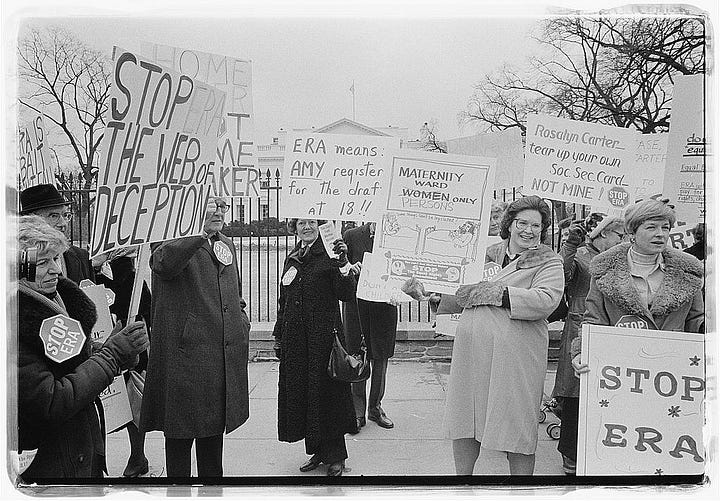#10: CIVICS 101: The Constitution
Q&A #10: How long may a proposed amendment to the Constitution remain outstanding and open to ratification?
Our American Government
Our American Government is a small book published by the House of Representatives for citizens and those who seek a greater understanding of the American interpretation of democracy. It follows a question-and-answer format and covers a broad range of topics dealing with the three branches of our Government, the electoral process, and the role of political parties.
The Savvy Citizen is reproducing the 169 questions-and-answers through a series of posts called Civics 101. Each post will contain the Q&A as well as some additional commentary to add historical context, fun facts, or anything we believe will add to our collective understanding of these topics.
Think of it as your adult Civics class, but without the test!
Let’s keep at it.
SECTION: The Constitution
Q&A #10: How long may a proposed amendment to the Constitution remain outstanding and open to ratification?
The Supreme Court has stated the ratification must be within “some reasonable time after the proposal.” Beginning with the 18th amendment, it has been customary for Congress to set a definite period for ratification. In the case of the 18th, 20th, 21st, and 22nd amendments, the period set was 7 years, but there has been no determination as to just how long a “reasonable time” might extend.
In the case of the proposed equal rights amendment, the Congress extended the ratification period from 7 to approximately 10 years; but the proposed Amendment was never ratified.
The “reasonable time” doctrine recently arose, as well, in connection with an amendment pertaining to congressional pay, proposed in 1789 without a ratification deadline. The 18th State, Michigan, ratified this amendment on May 7, 1992-2003 years after its proposal. The amendment was certified by the Archivist of the United States, since it did not carry a term limitation, as the 27th Amendment to the Constitution.


My Thoughts
Phyllis Schlafly spearheaded the STOP ERA movement in the 1970s. STOP = Stop Taking Our Privileges. The initial deadline for ratification was set at 7 years. When ratification failed, lawmakers extended the deadline for another 3 years. Still, no luck, and the ERA was dead. Several states and Senators tried to revive it in 2023, but the original and extended deadlines remained legally binding.
One of the problems with ERA then and now is that it seems so benign it’s hard to imagine why anyone would oppose it. But, like many things, once you read the fine print, you realize it’s a devil in sheep’s clothing. Rather than ensure women have the same legal protections as men, which we do, the ERA would force the government to treat women like men, including participating in mandatory conscription, assessing child-support requirements, insurance benefits, and parental leave. Most importantly, ERA would render it difficult to sustain women-only spaces, such as bathrooms, locker rooms, sports teams, and prisons. Of course, we’re seeing that now, without ERA. These are interesting times.
—
Back on Monday with Q&A #11: What is the “lame duck” amendment?
Have a great weekend!
Meanwhile, don’t forget that we’re organizing the post links on a single page available here.
xo,
Kelley for the Savvy Citizen Team
October 18, 2024




